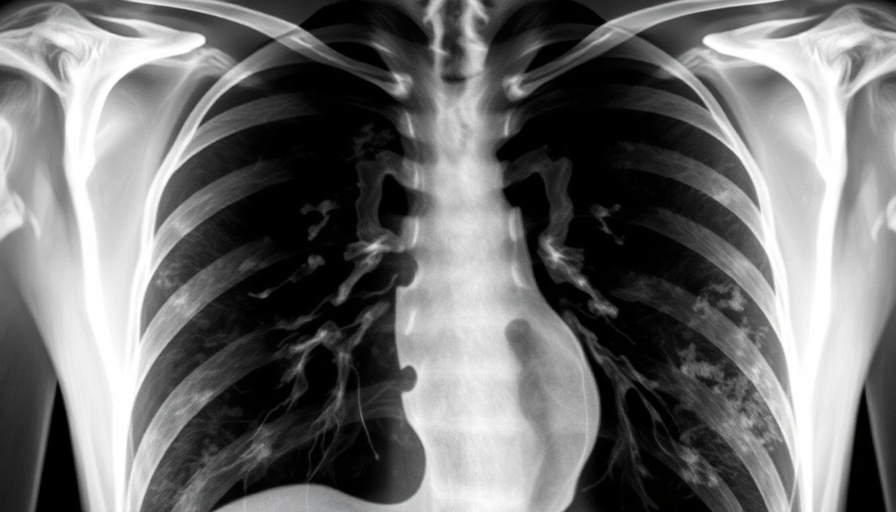
Understanding the Risks: Legionnaires’ Disease Explained
Legionnaires’ disease is more than just an unusual name; it’s a serious condition that can claim lives. This bacterial pneumonia is caused by the Legionella bacteria, which thrive in warm water systems. The recent outbreak in Harlem, which has infected 22 individuals and led to the death of one person, highlights the pressing need for public awareness regarding this illness.
Historical Context: Lessons from the Past
The current outbreak echoes a notorious incident from 2015, where a similar Legionnaires’ disease outbreak in New York City resulted in 138 cases and 16 fatalities due to contamination from a cooling tower. Understanding this historical backdrop can help the public gauge the seriousness of the situation and the importance of rapid responsiveness.
Key Symptoms to Watch For
It’s crucial for the community, particularly those over 50 or with underlying health conditions, to recognize the symptoms associated with Legionnaires’ disease. Symptoms can mirror flu-like conditions, including fever, cough, and chest pain, often complicating timely diagnosis. Early medical intervention is essential for effective treatment, typically involving antibiotics.
Why This Matters: A Shared Responsibility
The outbreak serves as a reminder that Legionnaires’ disease isn’t just a distant healthcare issue; it’s a local concern that requires community vigilance. Officials urge building owners to maintain cooling towers and put remediation plans in place to prevent further contamination and protect the health of residents.
Call to Action: Get Involved
If you experience symptoms related to flu or pneumonia, or if you believe you may have been exposed to contaminated water sources, contact a healthcare provider immediately. This outbreak is a powerful reminder of the importance of health safety and vigilance in our communities.
 Add Row
Add Row  Add Element
Add Element 



Write A Comment